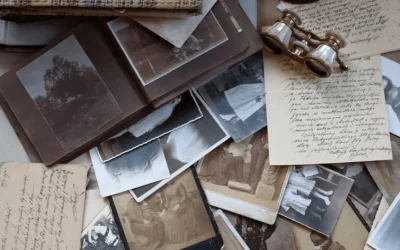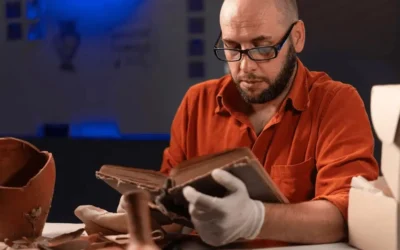Archival Preservation Options
Margot Note
Digital preservation is a rich area of archival investigation, with several approaches available to archivists.
The first option is to preserve, to some extent, the hardware and software environment in which the records were created. The most common formulation of this approach is emulation. For certain types of records, it is currently the only way to preserve the records’ look, feel, and capabilities in their original application. One variation on this theme is the concept of the computer museum, where old software and hardware are maintained to provide access. Another is to use viewers to access the records, limiting what can be done with the documents but providing access.
Another option is to migrate the records to the next platform. Migration allows the records to be constantly matched to the newest technologies but changes their format, sacrificing the original look and feel of the records and a direct understanding of the native environment’s capabilities. It also questions the authenticity and integrity of the records unless the migration is conducted within a rigorous, well-documented process. A variation on this approach is what Charles Dollar, an expert on digital preservation, refers to as conversion: the moving of documents from one iteration of a software package to the next, such as moving MS Word .doc records to .docx. The amount of change should be minimal, but changes may occur.
A third option is standards-based digital objects, which is the approach behind the Open Archival Information Standard (OAIS) and the work of the Organization for the Advancement of Structured Information Standards (OASIS). Creating open standards allows the preservation of electronic records independent of hardware and software. Variations on this are semi-open standards such as PDF/A.
The last option is hardware/software independent (encapsulated) objects, which is the methodology that lies behind the NARA Electronic Records Archive (ERA) and ERA 2.0 projects. The core idea is to make the digital objects readable across time by making them understandable on their own and accessible across time independent of any platform by encapsulating the object with all the metadata necessary to access and understand the object.
These initiatives are making inroads in the archives and records management community. The variations on this would be the selection of open standards-based objects with the hope that the standards would remain viable over time. At this point, there is no simple solution to preservation. Migration and standards-based digital objects are the most used approaches, with care taken to preserve the authenticity and integrity of the records. Finally, computer output microfilm (COM) and hard copy retention should be considered for long-term inactive retention, especially when there is no hard evidence that there is any demonstrable advantage to maintaining them digitally.
Establishing a Preservation Program
A preservation program needs a common vocabulary so that everyone understands and obtains agreement on the use of terms surrounding the preservation process. Archivists, records managers, and IT staff should agree on what is meant by media refreshment, conversion, and migration.
A program also needs preservation documentation. If archivists want to demonstrate the authenticity and integrity of data during and after preservation, they must carefully document the preservation process, such as the successful recopying, reformatting, conversion, and migration to a new platform. To do that will require an infrastructure of policies regarding preservation, quality control, and security. Finally, archivists should monitor the preservation process continually.
Consider a Mixed Strategy
A preservation program requires policies, procedures, processes, and the right technologies. The recommendation is for a mixed strategy of standards, conversion, migration, conversion to analog, and other tactics based on organizational needs. What is necessary is an understanding of what needs to be preserved and a plan to reach the preservation goals the organization has set. Archivists and records managers must assume that preservation will never be a priority at an organization and that resources, technologies, employee training, and plans will be short of the ideal. However, using a mixed strategy of preservation interventions has the most potential for success in the real world.
Margot Note
Margot Note, archivist, consultant, and Lucidea Press author is a regular blogger, and popular webinar presenter for Lucidea, provider of ArchivEra, archival collections management software for today’s challenges and tomorrow’s opportunities. Read more of Margot’s posts here.
Never miss another post. Subscribe today!
Similar Posts
Texas Archive of the Moving Image: Interview with the Digital Archivist
I recently interviewed Grace Muñoz about her work at the Texas Archive of the Moving Image. Her work on improving the discoverability of the multimedia collection is fascinating.
How to Conduct Comprehensive Archival Surveys
Conducting a comprehensive archival survey is critical to successfully managing archival collections.
Remembering History, Moving Forward Together, with ArchivEra
The Catholic Diocese of Arlington’s Director of Archives selected ArchivEra to manage their collections of historical and cultural significance, and strike a balance between security and access.
Unveiling Archival Impact
The transformative power of storytelling depends upon the strategic choices that top archival performers make and the shift from being record-keepers to change agents.




Leave a Comment
Comments are reviewed and must adhere to our comments policy.
0 Comments